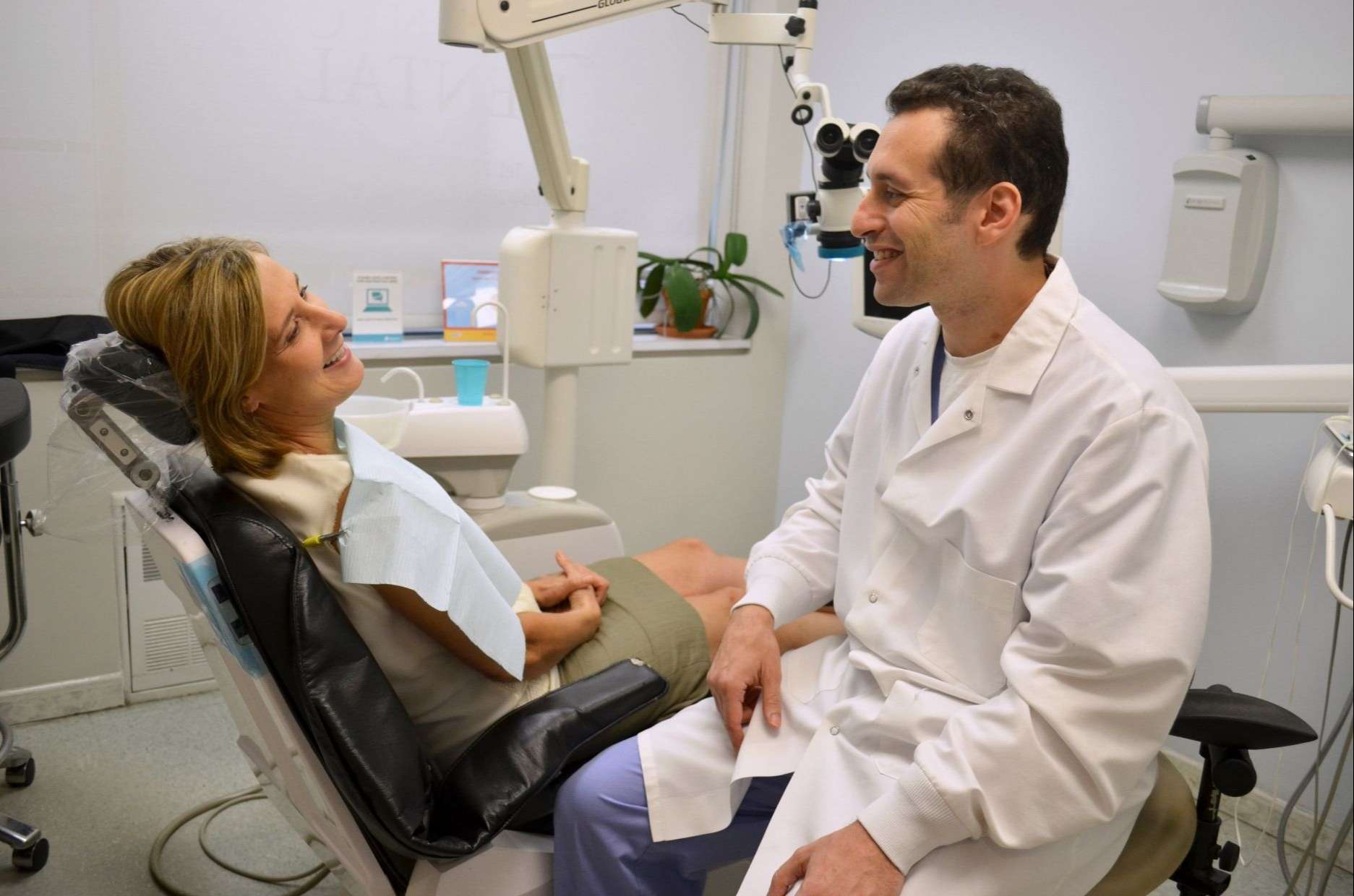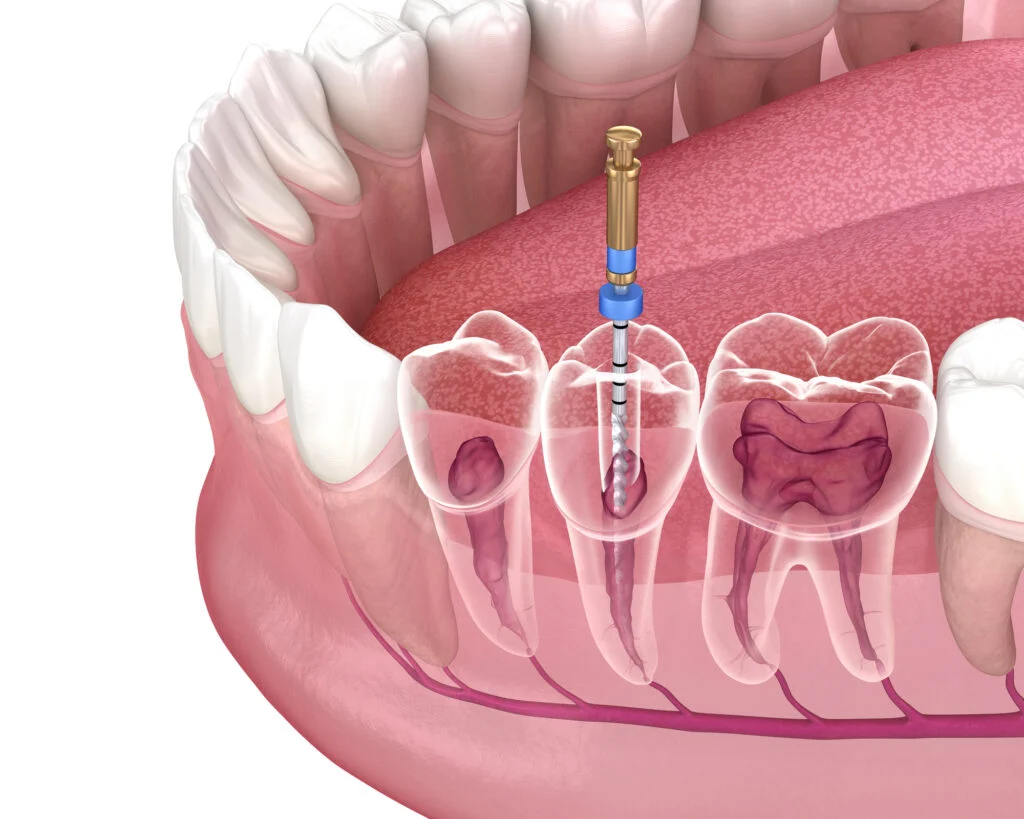
Tooth decay and tooth infection are two common dental problems that can cause significant pain, discomfort, and damage to teeth. While they share similar symptoms, distinguishing between these conditions is crucial for effective treatment. Seeking the expertise of a specialized endodontist can make all the difference in saving your natural teeth. By understanding the distinct symptoms and treatments for tooth decay and tooth infection, individuals can take proactive steps toward maintaining optimal dental health.
If you’re experiencing tooth pain or sensitivity, consulting an endodontist in San Jose can provide personalized care and attention, ensuring your smile remains healthy and vibrant.
Understanding The Difference Between Tooth Decay And Tooth Infection
Tooth decay, also known as dental caries, occurs when bacteria in the mouth break down food particles, producing acid that damages tooth enamel. If left untreated, decay can progress, causing cavities and potentially leading to tooth loss.
Tooth infection, on the other hand, occurs when bacteria enter the tooth’s pulp chamber, causing inflammation and infection. This can happen through deep cavities, cracks or fractures, gum disease, and trauma.
Exploring The Symptoms of Tooth Decay and Tooth Infection
While tooth decay and tooth infection share some symptoms, there are distinct differences that have been discussed below:
Tooth Decay Symptoms
- Sensitivity to sweet or cold foods/drinks
- Visible cavities or holes
- Discoloration (brown or black spots)
- Mild pain
Tooth Infection Symptoms
- Severe pain, especially when biting or chewing
- Swelling, redness, or tenderness around the tooth
- Pus or discharge from the tooth
- Fever or swollen lymph nodes
- Bad breath or taste
Diagnosing Tooth Decay And Tooth Infection
Diagnosing tooth decay and tooth infection requires a combination of visual examination, radiographic imaging, and clinical testing. Here’s a step-by-step guide on how dentists and endodontists diagnose these conditions:
Visual Examination
- Visual inspection of teeth for signs of decay, cracks, or fractures.
- Examination of gum health and surrounding tissue.
Radiographic Imaging
- X-rays (intraoral and panoramic) to detect:
- Cavities
- Tooth fractures
- Bone loss
- Abscesses
- Cone Beam Computed Tomography (CBCT) scans for complex cases.
Clinical Testing
- Thermal testing (hot or cold stimuli) to assess pulp vitality.
- Pulp testing (electric or manual) to evaluate nerve response.
- Percussion testing (tapping) to check for sensitivity.

The Role of Endodontists In Treating Tooth Decay And Tooth Infection
Endodontists play a crucial role in treating tooth decay and tooth infection, specializing in the diagnosis, treatment, and management of dental pulp and surrounding tissues.
Endodontist’s Expertise
- Root canal therapy
- Endodontic retreatment
- Apicoectomy (surgical root canal treatment)
- Regenerative endodontics
- Dental trauma management
Treating Tooth Decay
- Pulp capping (protecting exposed pulp)
- Pulpectomy (removing infected pulp)
- Root canal therapy (cleaning and shaping root canals)
- Restoration (fillings, crowns, or onlays)
Treating Tooth Infection
- Antibiotic therapy
- Drainage of abscesses
- Root canal therapy
- Apicoectomy (removing infected tissue)
- Regenerative endodontics (promoting tissue regeneration)
Why Choose an Endodontist?
Endodontists offer:
- Expertise in tooth infection diagnosis and treatment
- Higher success rates for root canal therapy
- Minimally invasive treatments
- Pain management and sedation options
- Personalized care and attention
Final Takeaway
Distinguishing between tooth decay and tooth infection is crucial for effective treatment and optimal oral health outcomes. While tooth decay can often be treated with fillings or crowns, tooth infections require specialized care from endodontists to prevent further complications. Endodontists play a vital role in diagnosing and treating tooth infections, utilizing advanced techniques and technologies to save natural teeth and alleviate pain. By seeking prompt attention from a general dentist or endodontist, individuals can prevent unnecessary tooth extractions, reduce the risk of infection spread, and maintain a healthy, vibrant smile.
Remember, timely intervention and specialized care can make all the difference in preserving your teeth for a lifetime.







